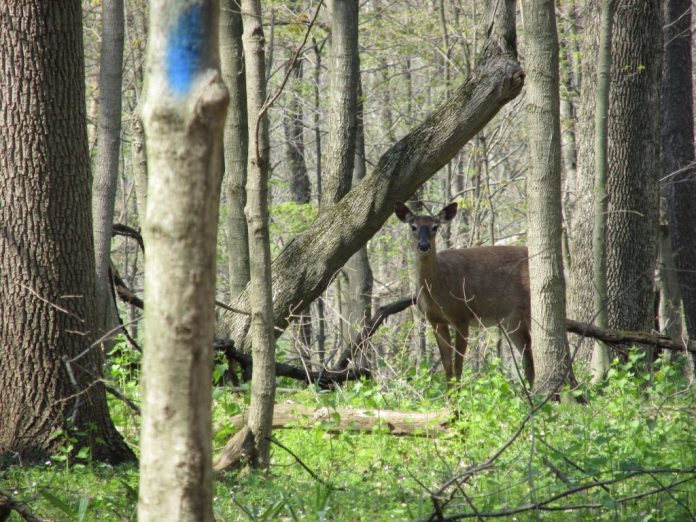
HARRISBURG, Pa. — Three captive deer have tested positive for Chronic Wasting Disease (CWD) in Pennsylvania, according to the Pa. Department of Agriculture, bringing the total to 49 since the disease was discovered in the state in 2012.
The disease was confirmed in two white-tailed deer on a small hobby farm in Greenfield Township, Blair County. These are the first CWD positives among captive deer in Blair County.
Under quarantine
The farm is now under quarantine.
A West Cocalico Township, Lancaster County, deer also tested positive. The deer was among a herd that was euthanized after a deer tested positive in February 2018. It was the only positive result among 36 deer tested.
The department’s Pennsylvania Veterinary Laboratory in Harrisburg tested the deer, which were later confirmed positive at the National Veterinary Services Laboratories in Ames, Iowa. The deer were tested as required by the department’s CWD program.
Deer cannot be moved on or off these properties without permission from the department.
Human safety
The Centers for Disease Control and Prevention report no strong evidence that humans or livestock can contract CWD. CWD attacks the brain of infected deer, elk and moose, producing small lesions that eventually result in death.
Animals can get the disease through direct contact with saliva, feces and urine from an infected animal or contaminated environment. Clinical signs include weight loss, excessive salivation, increased drinking and urination, and abnormal behavior like stumbling, trembling, and depression.
Infected deer and elk may also allow unusually close approach by humans or natural predators. The disease is fatal and there is no known treatment or vaccine. The infectious agent, known as a prion, tends to concentrate in the brain, spinal column, eyes, spleen, and lymph nodes.
These high-risk parts must be properly handled and disposed of at the harvest location to prevent disease spread. Low-risk parts such as deboned meat, clean skull caps and capes present little risk and may be taken home.
History
The first cases of CWD in Pa. were detected in white-tailed deer that died in 2012 on an Adams County deer farm, and wild, white-tailed deer in Blair and Bedford Counties. The Pa. Department of Agriculture coordinates a mandatory surveillance program for the disease for 860 breeding farms, hobby farms and hunting preserves across the state.
Since 1998, accredited veterinarians and certified CWD technicians have tested more than 27,000 captive deer in the state. The Pa. Game Commission collects samples from hunter-harvested deer and elk and wild deer that appear sick or behave abnormally.
Find more information about the state’s captive deer CWD programs, and the department’s broader efforts to safeguard animal health at agriculture.pa.gov.









